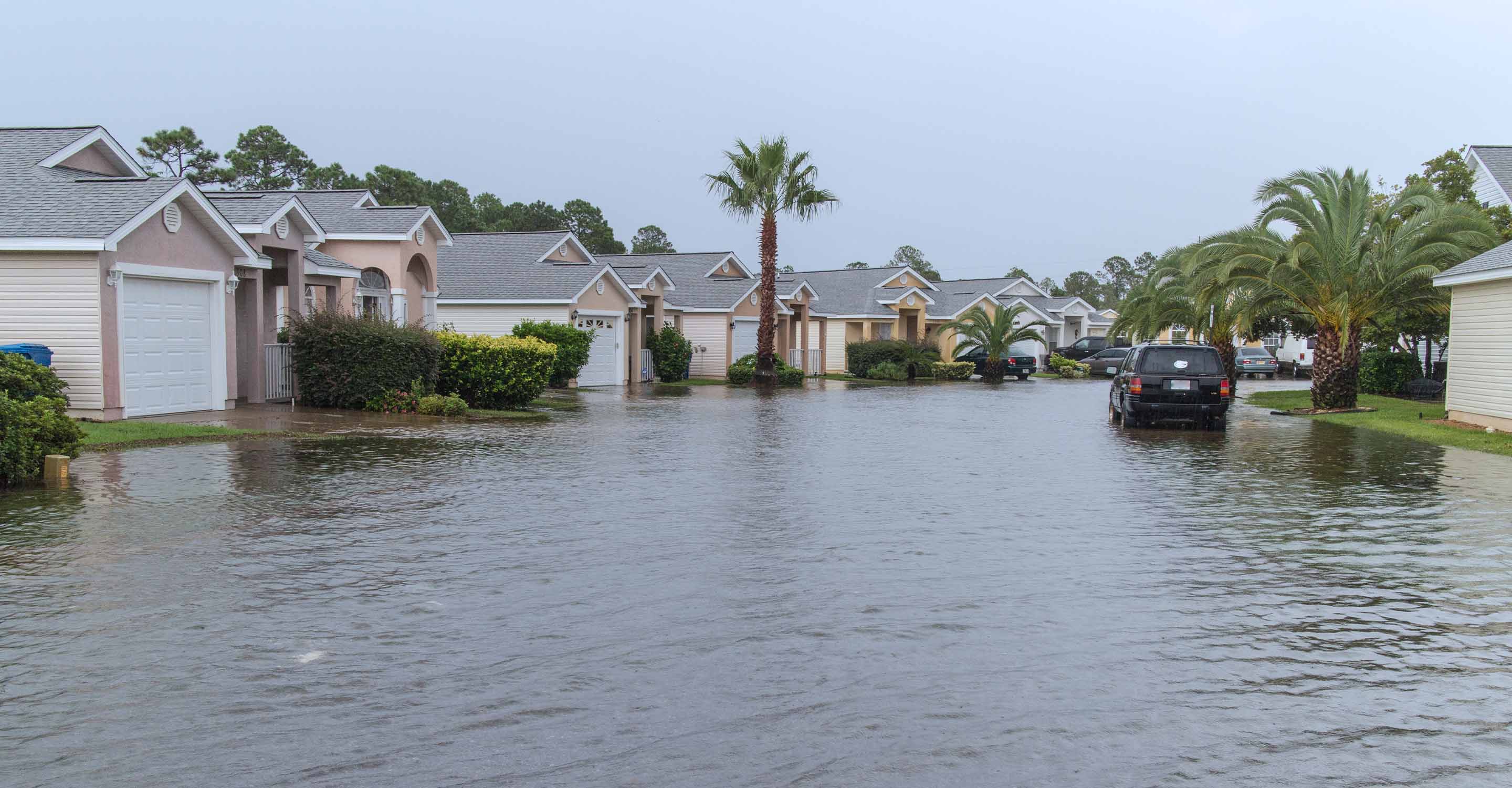Berlin air quality map
Live air pollution map of Berlin
192.2K people follow this city
Full screen
Contributors
5
Stations
12
Contributors category
2
Government
0
Non-profit organization
1
Educational
0
Corporate
1
Individual
1
Anonymous
Most polluted air quality stations
| # | station | US AQI |
|---|---|---|
| 1 | Frankfurter Allee | 50 |
| 2 | Mariendorfer Damm | 45 |
| 3 | Brückenstraße | 41 |
| 4 | Amrumer Str | 33 |
| 5 | Buch | 33 |
| 6 | Nansenstraße | 33 |
| 7 | Friedrichshagen | 29 |
| 8 | Funkturm | 28 |
| 9 | Berlinicke 11 | 26 |
| 10 | Grundewald | 25 |
Health Recommendations
| Enjoy outdoor activities | |
| Open your windows to bring clean, fresh air indoors GET A MONITOR |
community highlight
Berlin most followed contributors
Become a contributor
Get an AirVisual Outdoor and contribute to collecting millions of data points for the Berlin map to track local air pollution
Understand air pollution and protect yourself
Berlin MAP AIR QUALITY ANALYSIS AND STATISTICS
What are the pollution readings on the air quality maps for Berlin?
The air quality maps for Berlin can have varied readings over the course of a single day, as well as changing weekly, monthly, and varying from year to year. Although as a general rule, air pollution records for Berlin will show that it has an average pollution level that it does not stray too far from, there are certainly days within the year whereby the US AQI readings present on the pollution map above may rise considerably. This can happen for a number of reasons, some of which will be discussed in the following question, but as to the matter of elevated pollution levels shown on the air quality map for the city, higher readings can certainly cause many issues, to the environment and the health of many individual citizens, and even travelers on a shorter-term basis. Berlin maintains a clean level of air for much of the year, with many cities throughout Europe also following suit. However, there are also many outliers, even within cleaner cities or provinces, with busy roads (especially during certain hours), industrial sites, construction site areas, and areas that are prone to having fires occur nearby all displaying more significantly raised US AQI readings during certain timeframes.
To quote some of the figures seen on the air quality map for Berlin, or air pollution map as it can also be referred to, as of late May in 2022, US AQI readings as low as 4 were detected, not far above Kreuzberg. This reading represents one that all air quality maps that are shown across Germany and the rest of the world, is of the most optimal quality, falling within the 'good' air quality rating bracket. This is color-coded as green, for ease of reference both on the air quality map pages as well as on the city pages (with forecasts also utilizing the color scheme, with darker colors denoting a higher pollution level that starts to reach dangerous levels at red, and further up to purple and then lastly maroon for ‘hazardous’ air pollution levels, which are usually only seen in the worst air quality conditions). Whilst there are many air cleanliness monitoring stations that will typically show a 'good' air quality rating throughout Berlin and many other cities in Germany, the above-mentioned reading of 4 is particularly noteworthy because of its proximity to 0, with the closer the number is to 0 displaying that the air is at its freest from airborne pollutants, haze, smoke, smog and ultrafine particles. This is a very respectable level, although it may certainly change over the day, hence why air quality maps should be checked often, especially for vulnerable groups as well as for those that wish to keep their pollution exposure levels to a minimum. Which groups are more vulnerable and should utilize the air quality maps more often will be discussed briefly at the end of the article.
Other readings nearby to that extremely clean US AQI figure include 33, 41 and 45, all still falling within the 'good' air quality rating bracket on the air pollution map, but edging ever closer to the next rating bracket. To quote some figures that did indeed move up into the next rating, US AQI readings present on the air quality map above came in at 55 and 63, with an accompanying yellow color on the circle on the map. These are within the 'moderate' air quality rating, which requires a US AQI reading of 51 to 100 to be classified as such. These were both within fairly close proximity to the extra clean reading of just 4 that was taken and is a prominent display of how significantly the air pollution levels can change as one moves through the city, for several reasons. These are some of the readings present on the air quality maps for a particular time of year, which are for demonstration purposes, and the map itself should be referenced by users, as it is constantly updating its figures, giving users a simple and clear picture of what pollution levels are like throughout the city of Berlin. In closing, the number of air quality monitoring stations that feed into the air quality map above will also likely increase over time, giving users even more insight into the air cleanliness level.
What causes higher pollution readings on Berlin’s air quality maps?
Higher US AQI readings present on the air quality map above can come from many different sources, many of which come naturally as a result of densely populated areas which also contain large numbers of homes, businesses, transportation hubs and other similar effects, not to mention increasing population size and growing vehicle ownership to accompany it year by year. Some of the more prominent contributors to the higher pollution levels seen on the air quality maps include emissions from cars and other vehicles, with larger freight ones such as lorries, vehicles and buses all contributing further. Power plants and factories can also give off, particularly during colder times of the year when demand for electricity skyrockets as people turn up their heating in both homes and businesses. Many other elements factor into such elevations on the air quality maps, but these are some of the more prominent ones that users can be aware of. Adverse weather conditions such as lack of wind and rain can also contribute, allowing pollutants to accumulate and causing air quality map figures to rise.
What do the air pollution maps tell users about the pollutants in the air in Berlin?
The air quality map for Berlin shows the pollution levels in the form of US AQI readings. Whilst this is only a number denoting the pollution level in a simpler form, one can get greater insight into what they may be breathing by knowing how such a figure is formed. US AQI is aggregated by several main pollutants in the air, which include the two forms of particle pollution, PM10 and PM2.5, along with ozone, nitrogen dioxide, sulfur dioxide, and carbon monoxide, all of which are released from a myriad of combustion sources, showing themselves as elevated readings on the pollution maps. As such, if one is to encounter an area that has higher pollution readings on the air quality map, they will likely be in contact with higher volumes of the above-mentioned pollutants.
Are there people who can benefit more from using air pollution maps in Berlin?
Those who can certainly benefit more from using air quality maps in Berlin to know which areas are currently experiencing elevated pollution levels include those that fall into the ‘at risk’ demographic. These include the elderly, as well as young children, babies, and pregnant mothers. As such, families with young children, expecting mothers, or in the care of elderly citizens can do well to refer to the readings on the air quality map. Others that will benefit more include those with poor health, due to pre-existing conditions, compromised immune systems, and anyone with hypersensitivity towards certain chemical pollutants or irritating particles, all of which will show up on the air quality maps in the form of elevated US AQI figures.
Berlin air quality data attribution
5Contributors
 Berliner Luftgütemessnetz
Berliner Luftgütemessnetz9 stations
 CiteAir - Air Quality Now Europe
CiteAir - Air Quality Now Europe1 station
2 Government Contributors
 Messtation OSW
Messtation OSW1 station
Educational Contributor
 ME
ME1 station
Individual Contributor
 1 Anonymous contributor
1 Anonymous contributor1 station
Anonymous Contributor
4 Data sources







